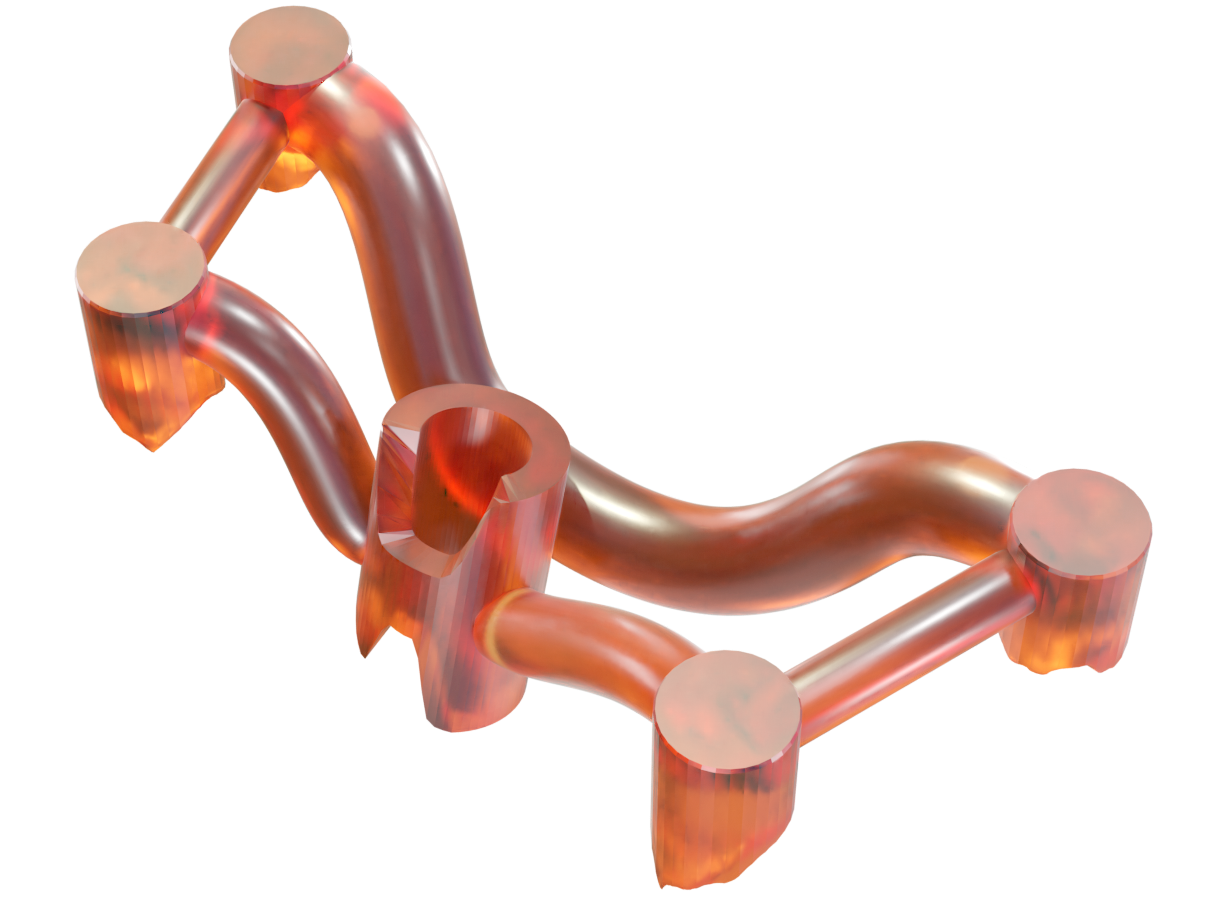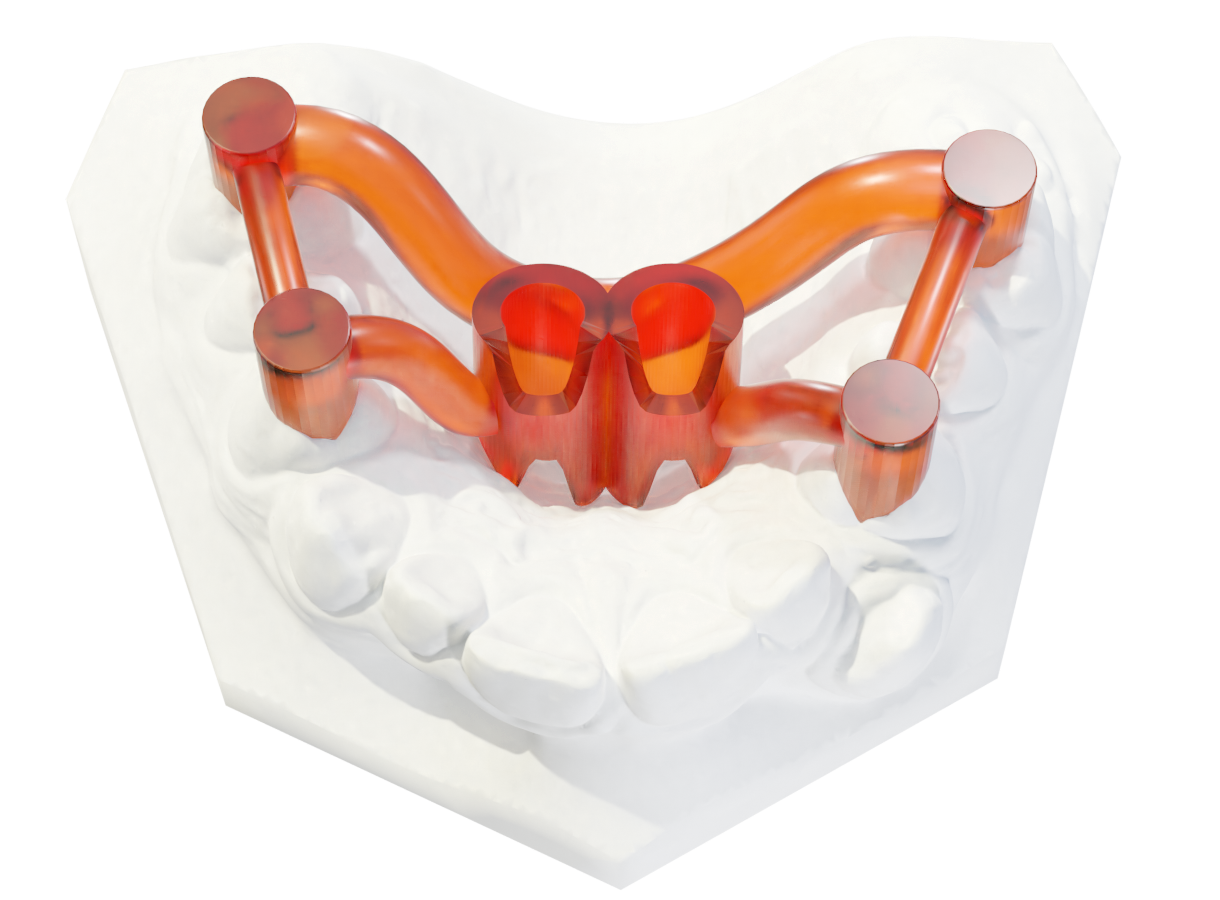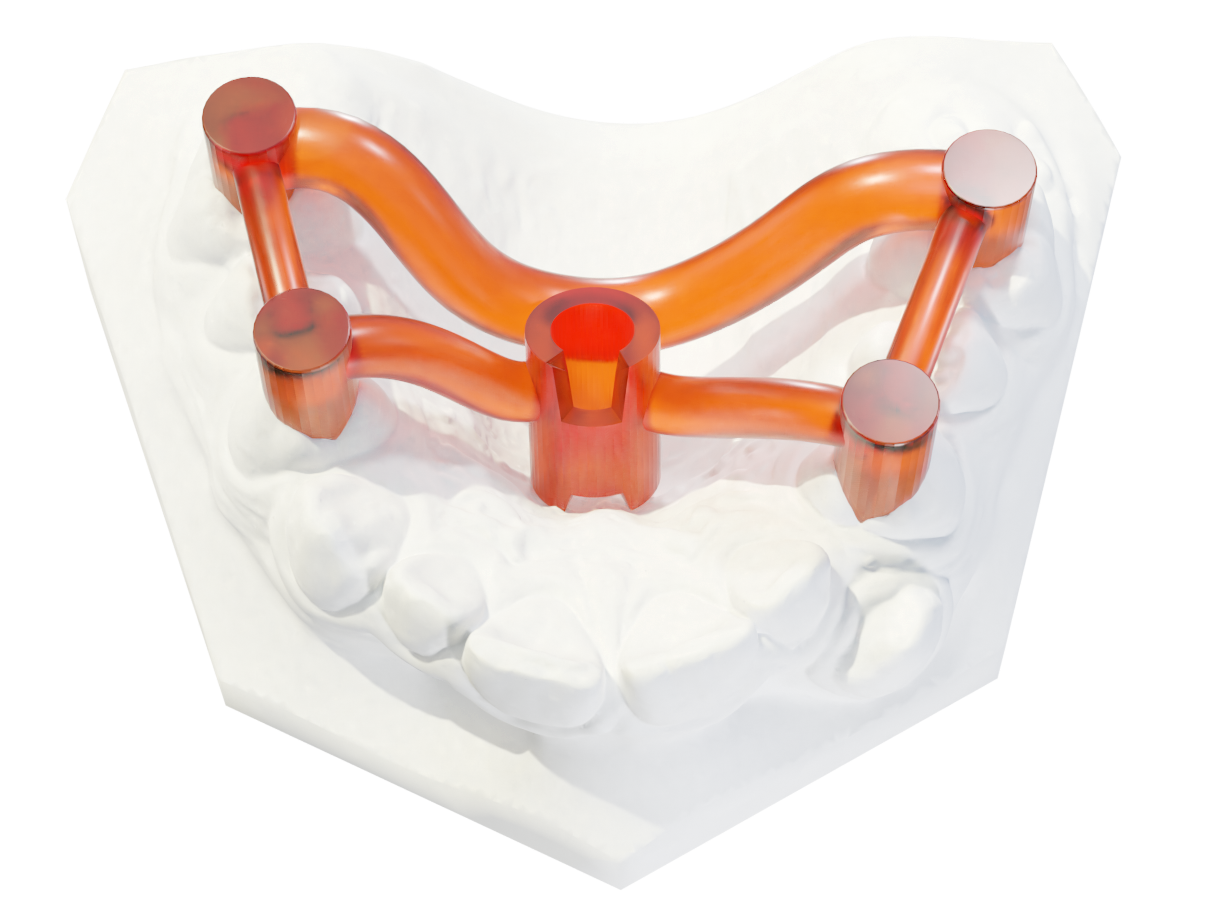Insertion guide
Many studies have shown that the anterior palate is the superior insertion site for mini-implants. To assure a safe and predictable placement of the BENEfit-implants, insertion guides are of great help. Backed by two decades of experience, we help you to place the mini-implants just the right way.
All you have to do is to upload a STL-file and optionally a lateral headfilm. As a service, we identify the optimal position and angulation of the mini-implants. After your approval you receive the printed TADMAN insertion guide. Of course, we produce it from a certified and sterilizable resin.
Order your favourite Insertion Guide
Dual Paramedian
This is the standard TADMAN Insertion Guide for all appliances borne on two paramedian BENEfit mini-implants.
98.00 € plus VAT when ordered with a TADMAN appliance
156.00 € plus VAT as single product
Single Median
This guide is used to insert a single median BENEfit mini-implant for appliances such as TADMAN TPA, for instance.
98.00 € plus VAT when ordered with a TADMAN appliance
156.00 € plus VAT as single product
Unique features
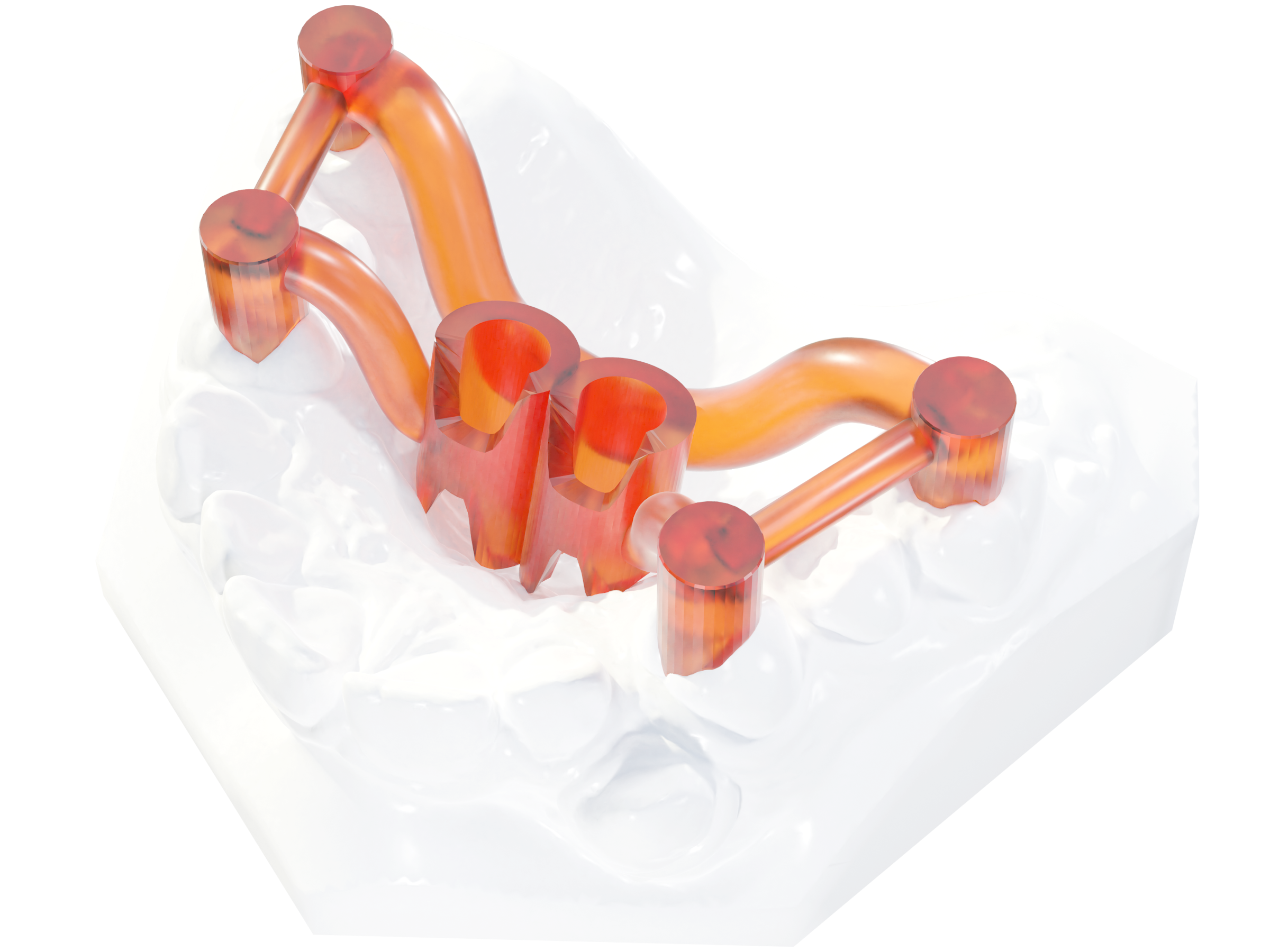
Easy Access
The skeletonized design provides excellent overview. Anterior recesses allow an optimal access to insert the implant. With its occlusal supports it gives you maximum precision.
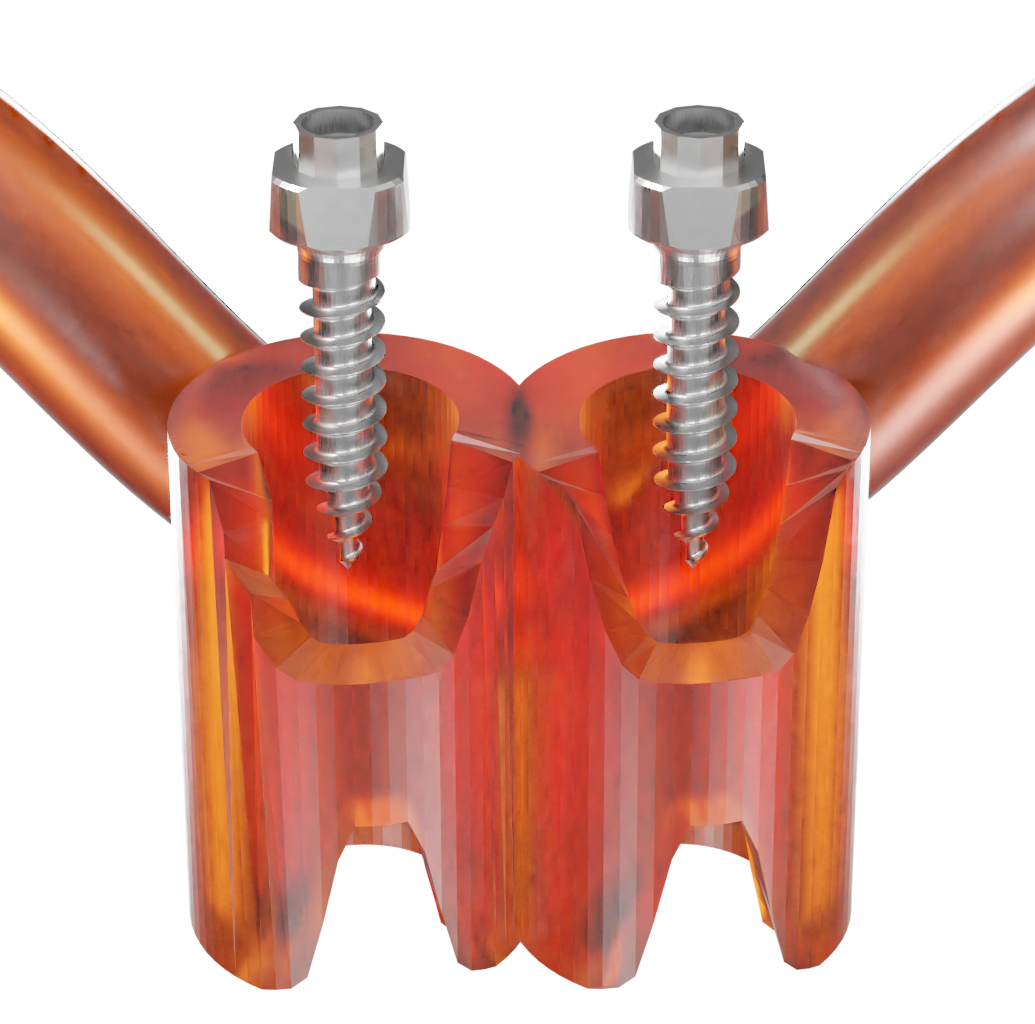
The lower recesses give you more control. During insertion you can see the implant as it enters the mucosa.
Advanced implant placement
In the vast majority of the cases, a plain digital model is suffient to determine the insertion position and angle for the mini-implants. Only in complex cases an additional ceph or a CBCT should be submitted.
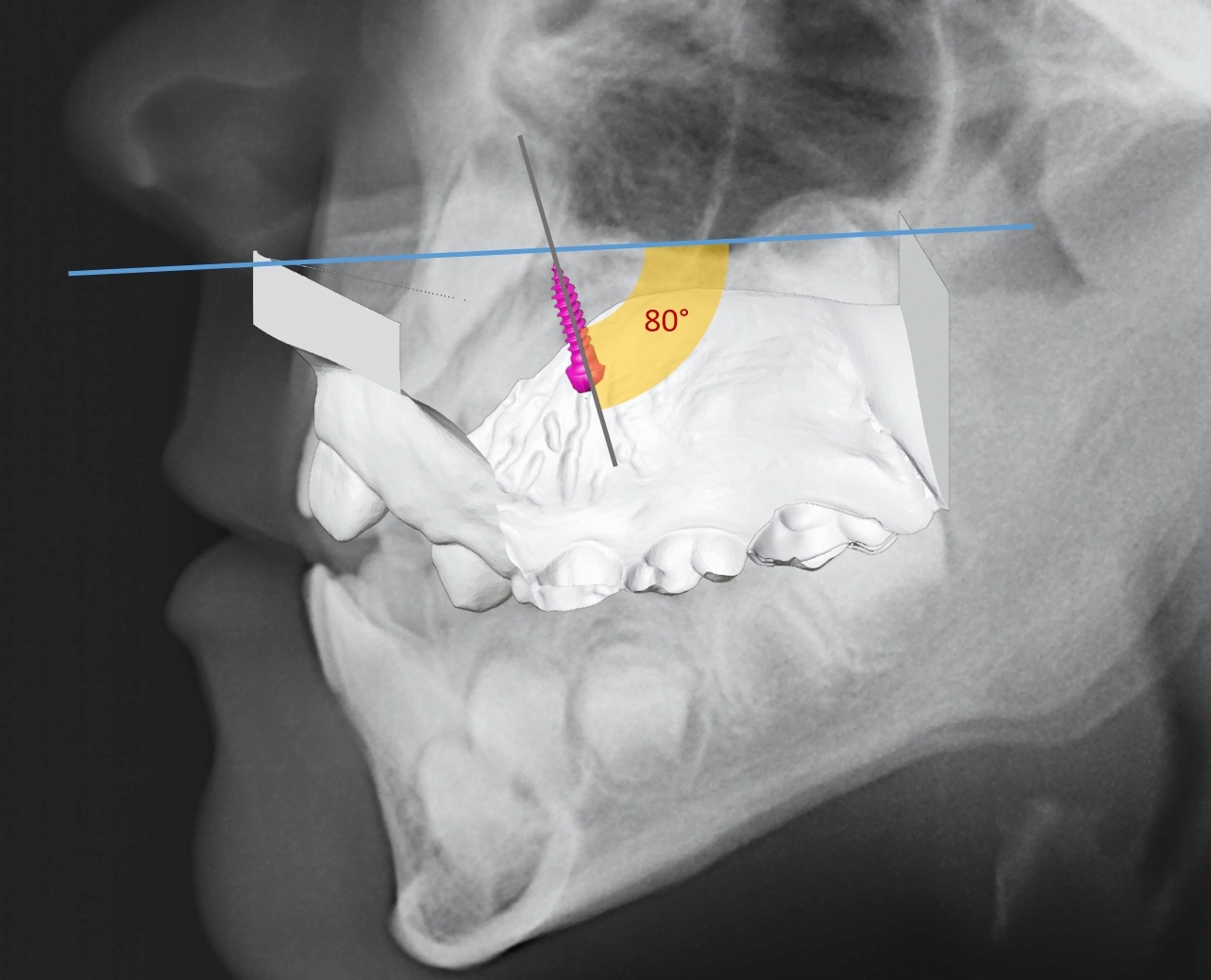
Ceph assisted implant placement
If available, you may also submit your patient’s ceph. Sometimes this is helpful to identifiy the ideal insertion position of the mini-implants.
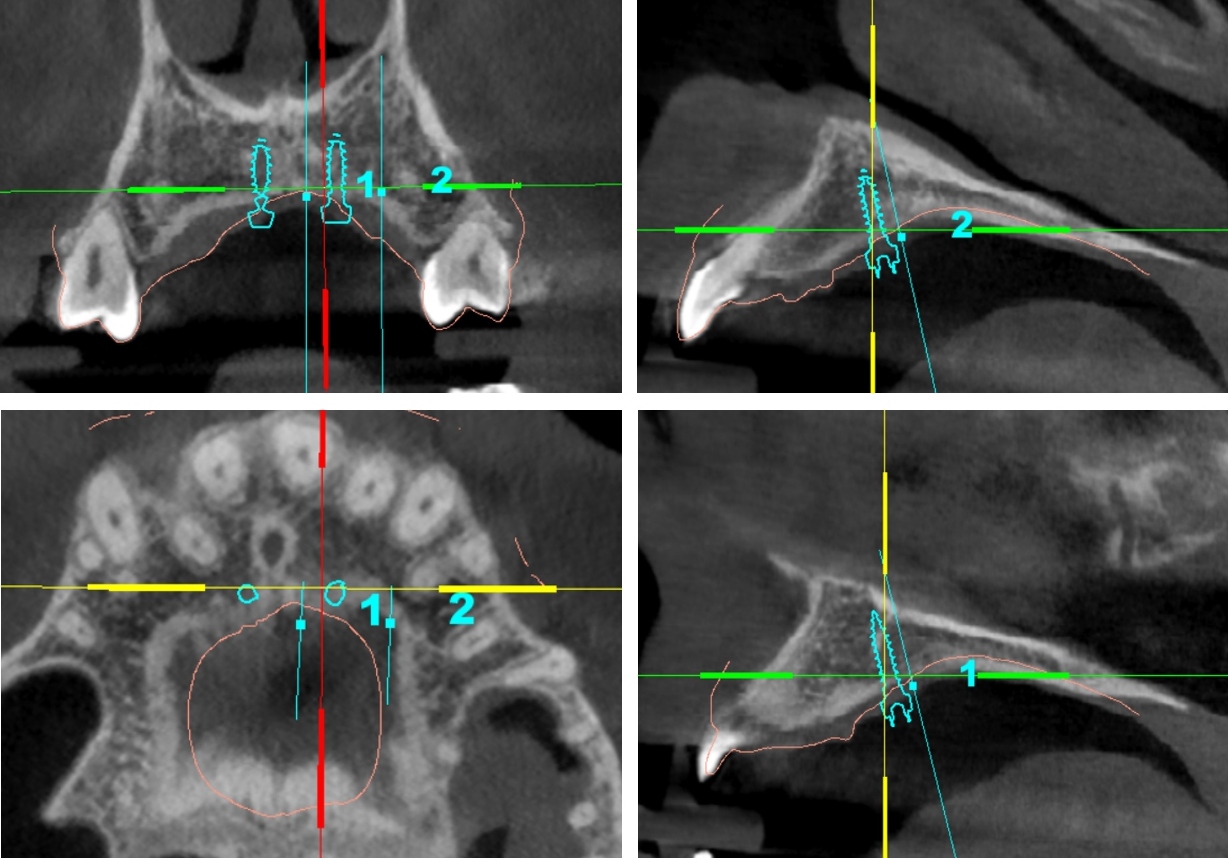
Implant placement using CBCT
In complex cases, e.g. patients with impacted teeth or cleft lip and palate you may submit a CBCT to optimize implant placement in 3D.
How to use it
The TADMAN employs four occlusal supports for exact positioning. During implant insertion, your assistant presses the guide firmly against the teeth.
We recommend the insertion guide for full or semi digtal workflows.
TADMAN insertion instruments
The insertion guide is used with the TADMAN Drill (left) and TADMAN screwholder (right).
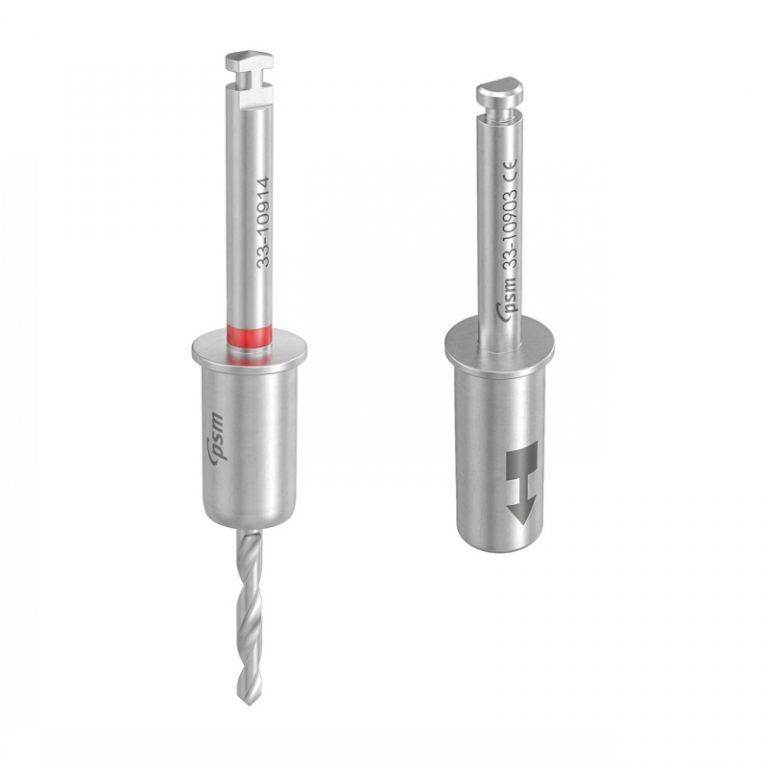
Predrilling is only necessary in adolescent and adult patients. The predrilling depth should be limited to the thickness of the cortical bone (usually only1-2mm).
Individual insertion guides
Some patients need implant placement in non-standard positions. For these patients we offer individual guides that are produced according to your requirements.
